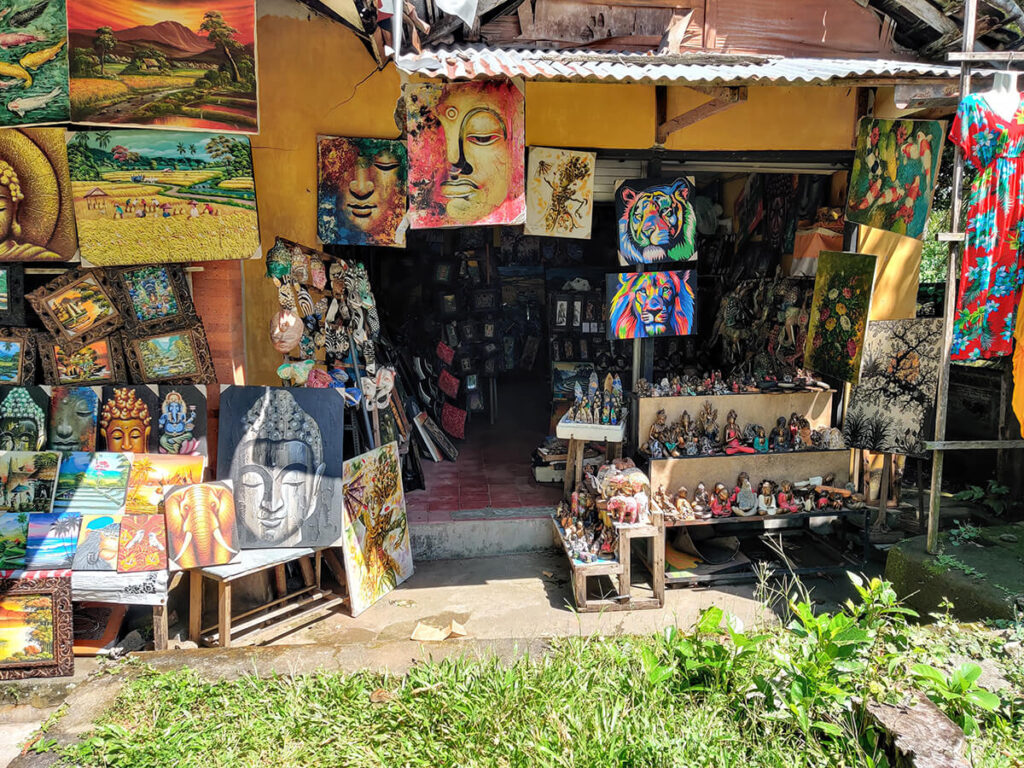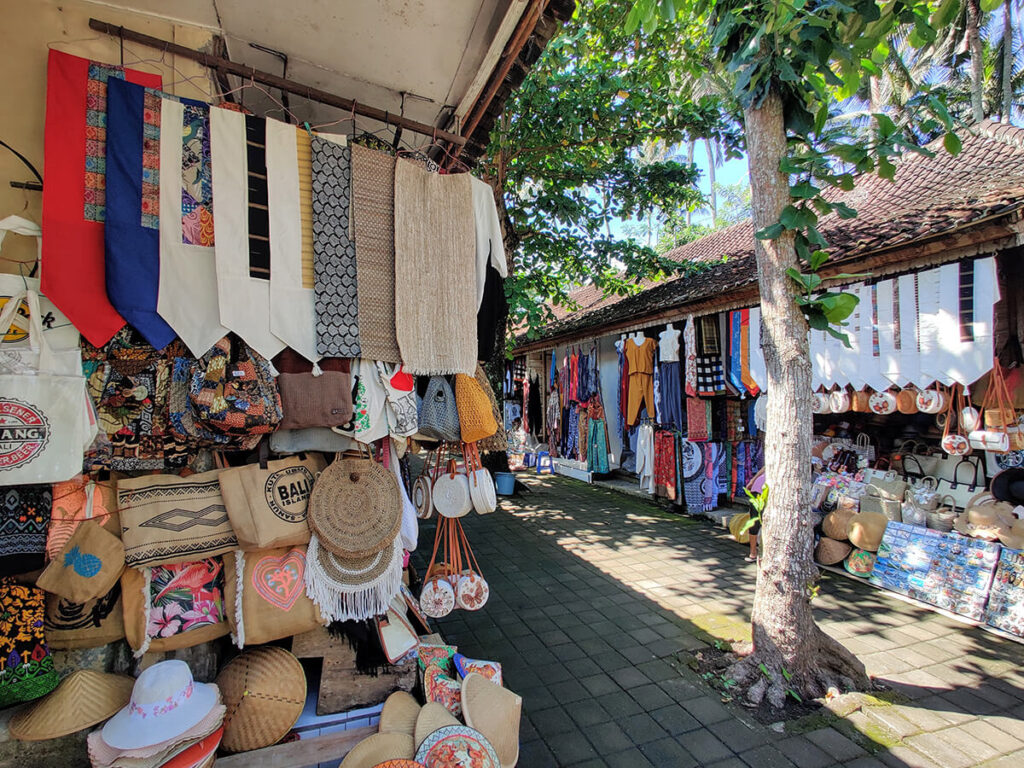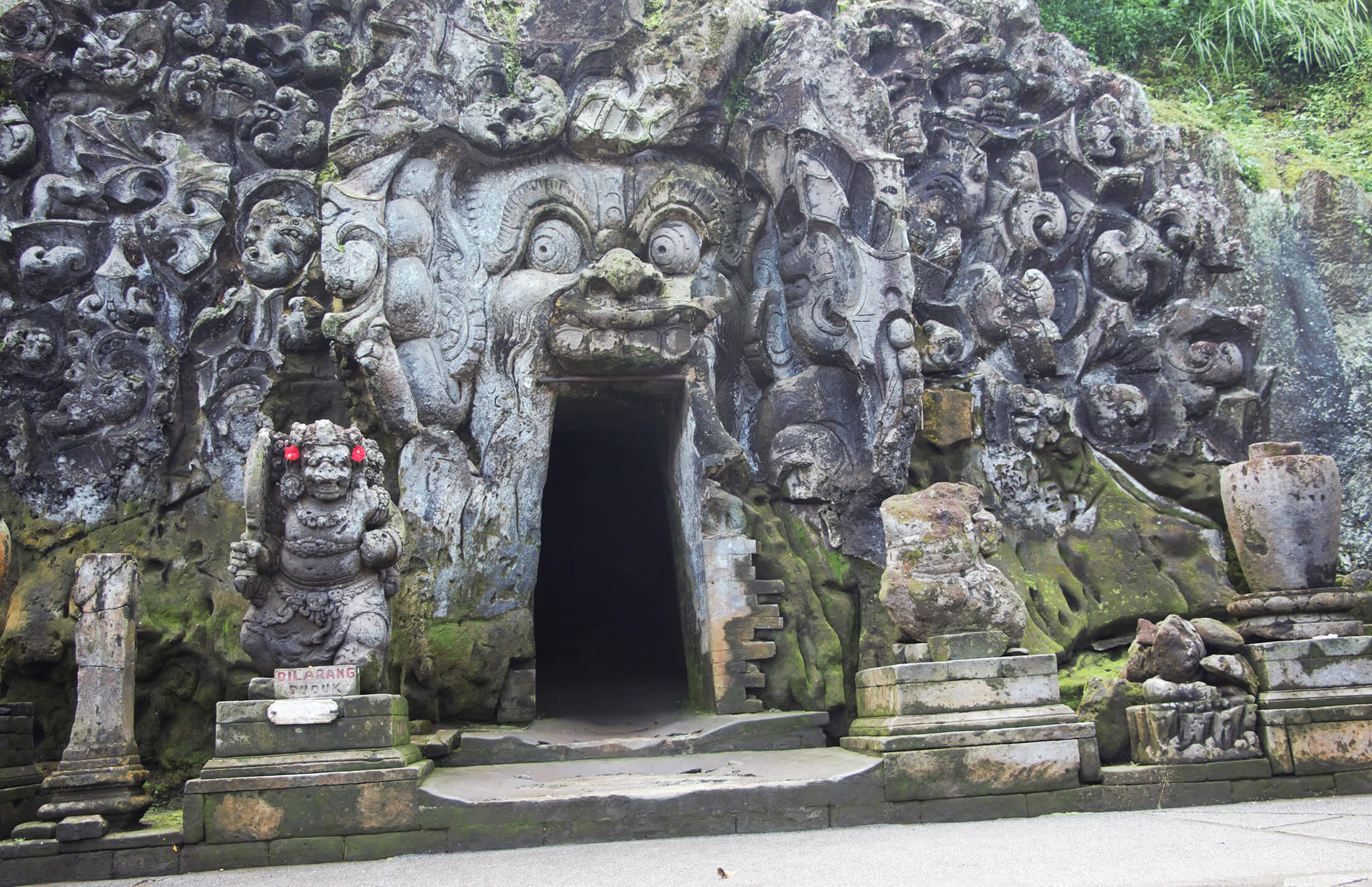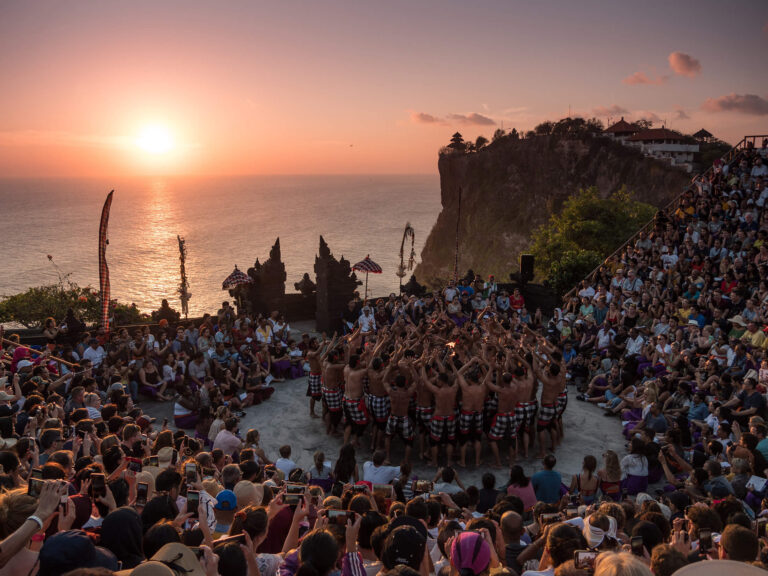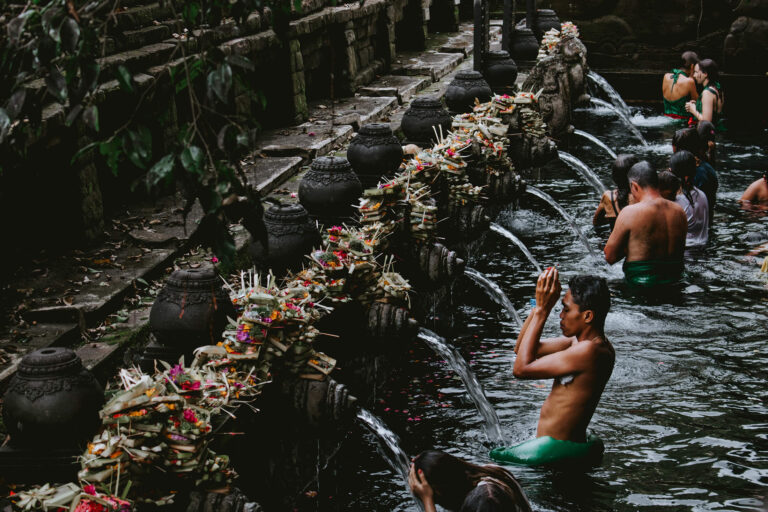Goa Gajah and the Budha Temple: Bali’s Ancient Cave Temple and it’s Hidden Secrets
Goa Gajah Temple, also known as the Elephant Cave Temple, is a popular tourist attraction in Bali, Indonesia. The temple is believed to date back to the 11th century and is situated in the Bedulu village, around 5 km from central Ubud and 6.5km from the centre of Gianyar.
The temple is steeped in history and is said to have been built as a sanctuary for meditation and spiritual practices. The name ‘Goa Gajah’ literally translates to ‘Elephant Cave’, and the temple is named after the intricate carvings of elephants and other mythical creatures that adorn the entrance to the cave. Visitors can explore the cave, which is said to be a representation of the Hindu god, Ganesha, and discover the various shrines and relics within.
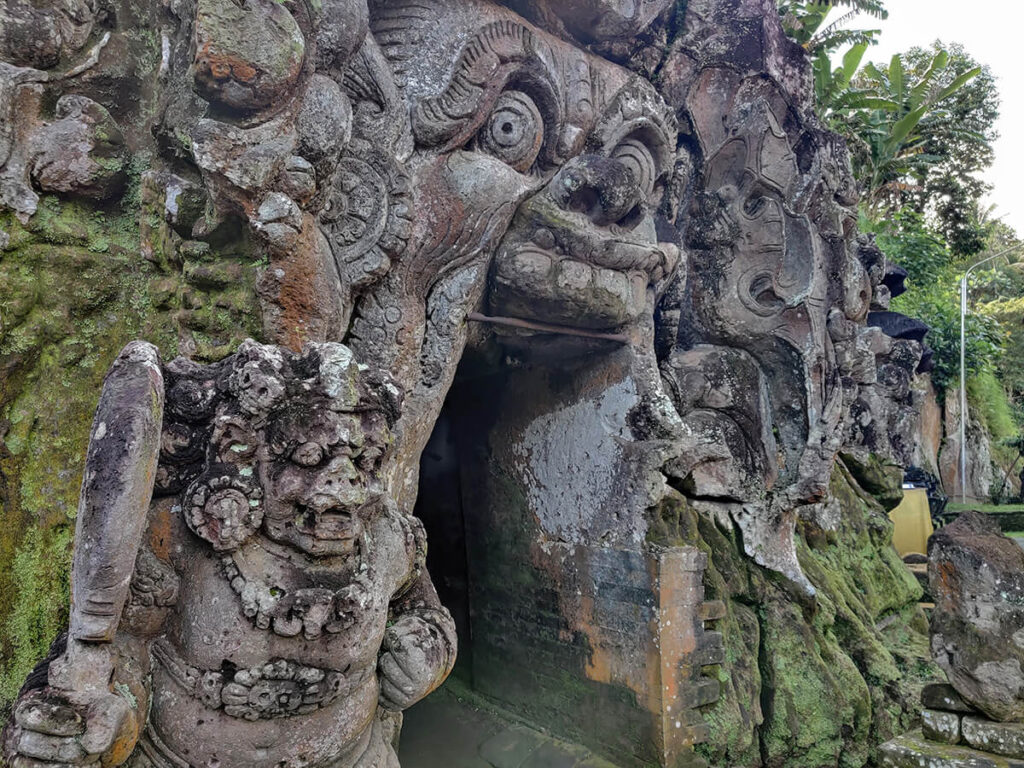
History
Origin of the Temple
The origin of the temple is shrouded in mystery, but it is believed to have been built during the reign of King Udayana. It was constructed as a sanctuary for spiritual meditation and was used by the king and his followers for religious ceremonies and rituals.
Goa Gajah was rediscovered in 1923 by Dutch archaeologist WGJ Hofstede who was conducting research in the area. The temple was then restored to its former glory in the 1950s by the Indonesian government. The bathing pools and the fountain were only discovered in 1954.
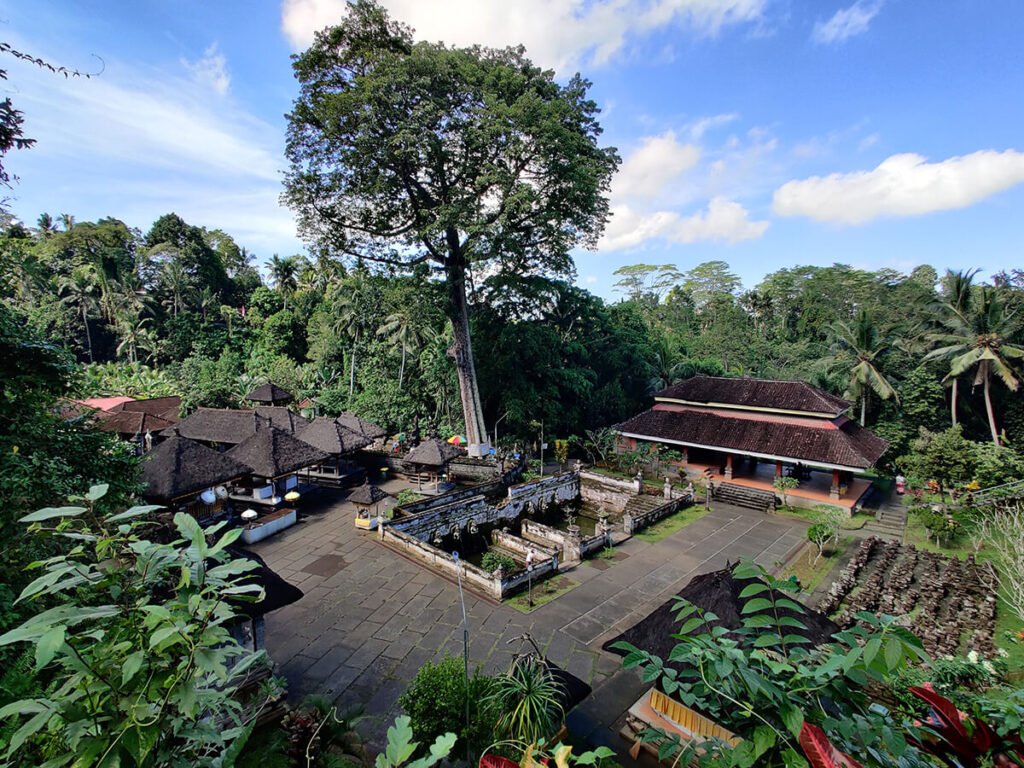
Significance of the Temple
The temple is significant for its unique architecture and intricate carvings. It is built into a hill and features a large cave entrance that is carved to resemble the Hindu god Ganesha, who is often depicted as having an elephant’s head.
Goa Gajah is also significant for its religious importance. It is believed to be a place of spiritual healing and is visited by many Hindus who come to pray and seek blessings. The temple is also a popular tourist destination and is visited by people from all over the world who come to admire its beauty and learn about its history.
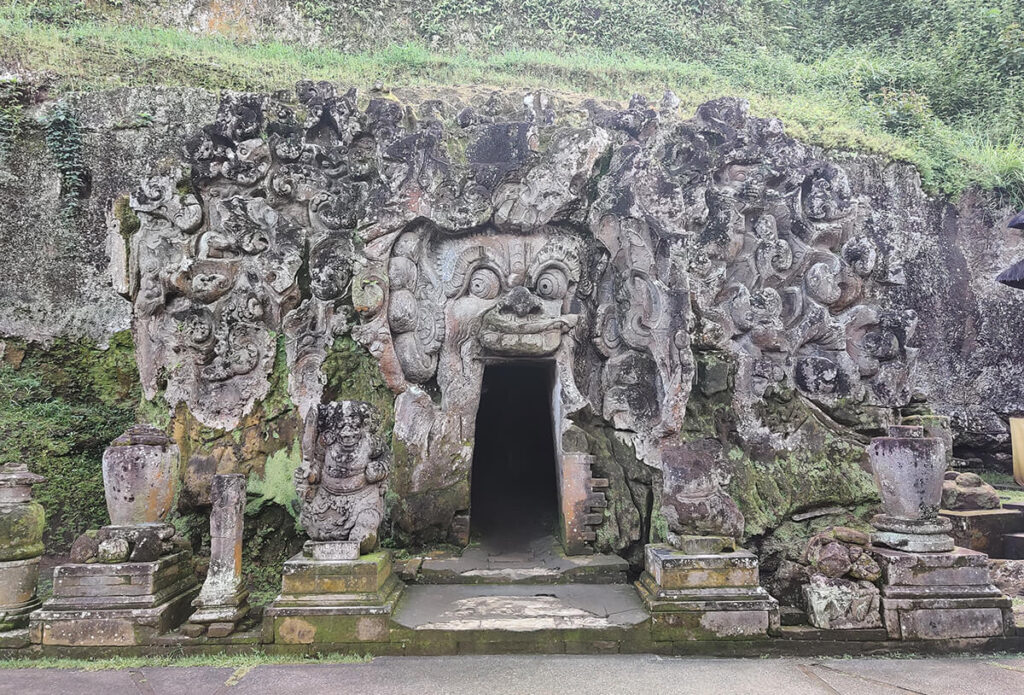
Architecture
The Goa Gajah Temple is a unique masterpiece of ancient Balinese architecture that has been standing for centuries. The architecture is a blend of Hindu and Buddhist styles, which reflects the religious harmony that has existed in Bali for centuries.
Exterior Design
On the entrance there are curious, intricate carvings of various mythological creatures, including demons and lions. On both sides of the entrance, there are two statues of Ganesha, which are believed to be the guardians of the temple. Outside of the temple’s entrance there is also a beautiful water fountain that is believed to have healing powers.
Interior Design
The interior of Goa Gajah Temple is just as impressive as the exterior. Once inside you are faced with a narrow passage that leads to a T-shaped cave. Make sure you watch your head as you pass through. The interior walls of the caves are also adorned with intricate carvings of various mythological creatures, including gods, goddesses, and demons.
The main chamber of the temple houses a statue of Ganesha to the left, which is believed to be the main deity of the temple. To the right are the three forms of God that make up the Hindu trimurti; Brahma the creator, Vishnu the preserver and Shiva the destroyer. These are shown as 3 small black rounded statues.
In the centre of the chamber is an area for meditation and offerings. The chamber is dimly lit, which creates a serene and peaceful atmosphere.
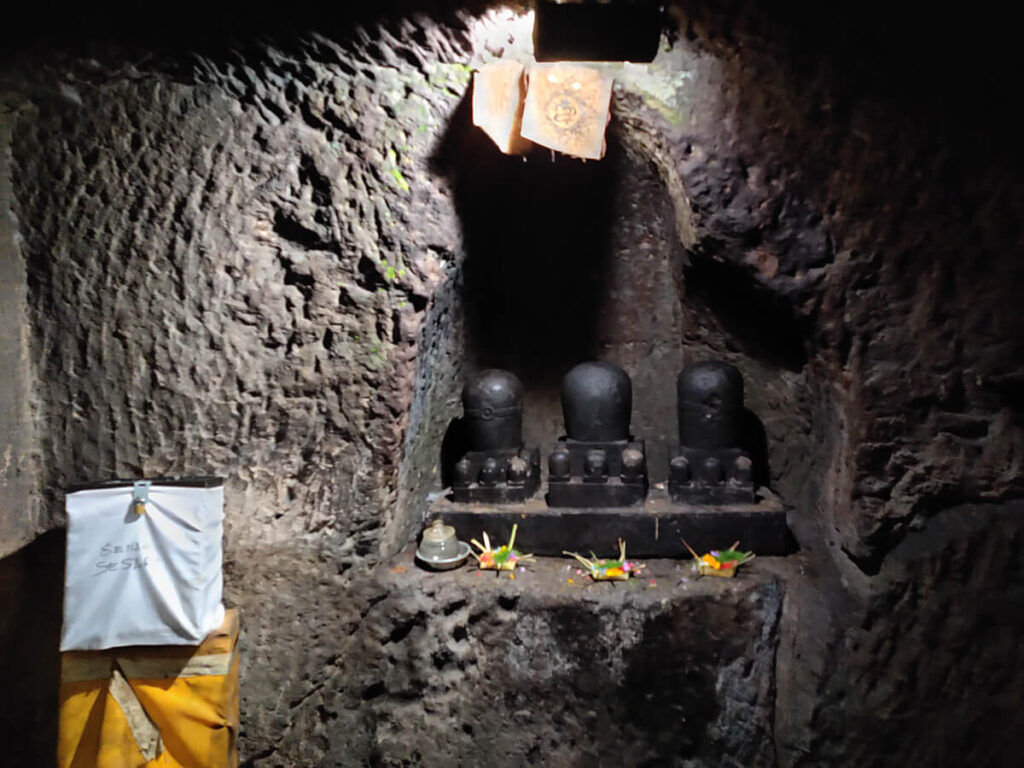
The Buddha Temple
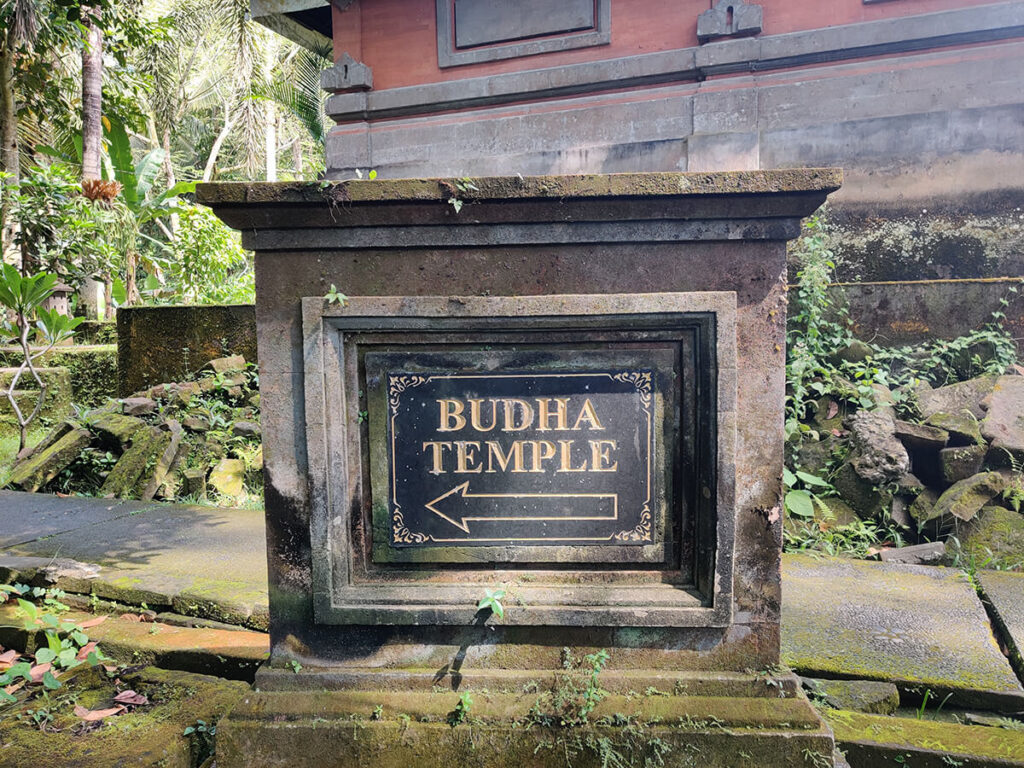
Outside the cave, there is a beautiful garden with fountains and ponds, which adds to the tranquility of the surroundings. This whole area is the Budha Temple, a series of paths within lush jungle surrounding. The paths criss-cross down through the hillside, over a moss-covered bridge and down to a waterfall at the very bottom. The whole area is enchanting and has an air of serenity.
In the centre of the Budha Temple is a scared tree at which you are invited to receive a blessing and give an offering. After receiving the blessing you are expected to give a nominal donation; 5000 or 10000 RP is sufficient enough.
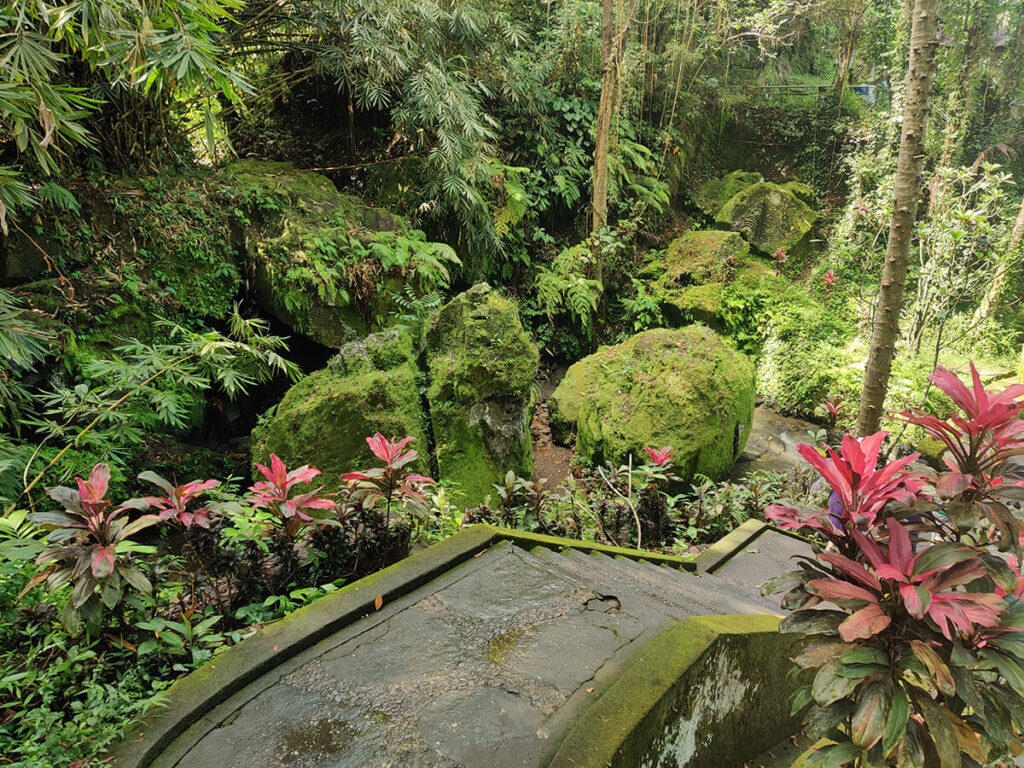
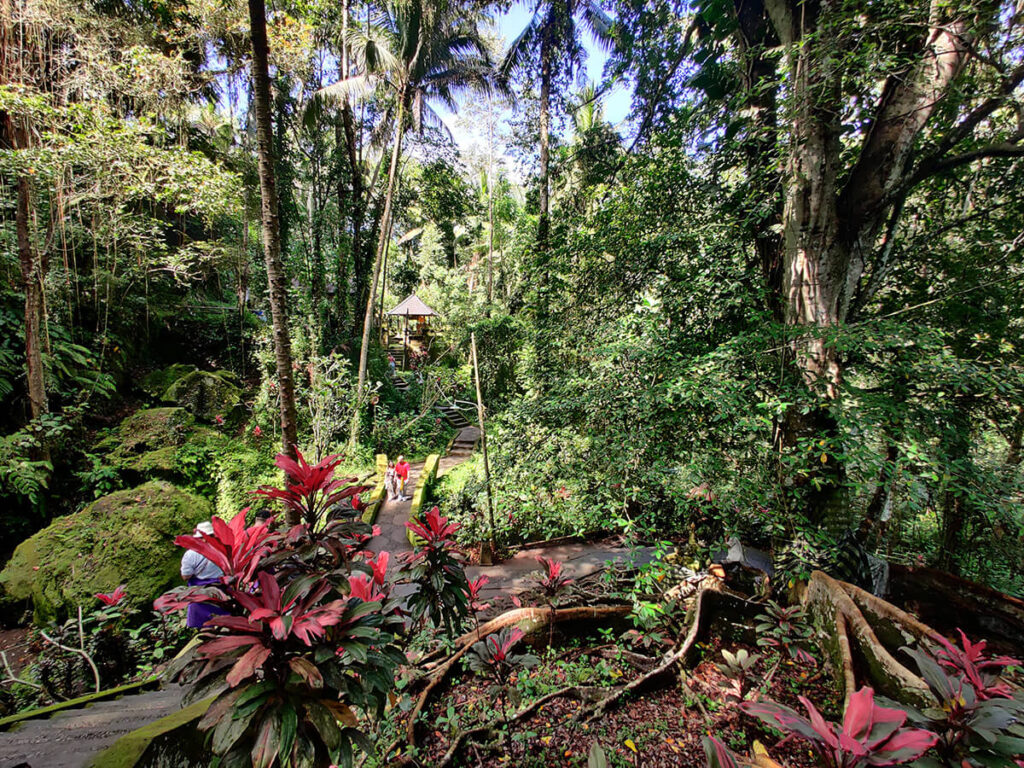
The Significance of Ganesha to Hindus
Ganesha, also known as Ganapati or Vinayaka, is one of the most revered deities in Hinduism. As the son of Lord Shiva and Goddess Parvati, Ganesha is believed to be the remover of obstacles and the god of new beginnings, wisdom, and intellect. Hindus worship him before beginning any auspicious event or undertaking any new venture.
The depiction of the elephant head represents wisdom and intelligence. The plump human body symbolises prosperity and fertility. He is also associated with the arts, sciences, and literature, and is considered the patron of schools and universities.
Ganesha’s significance is his ability to remove obstacles and provide blessings for us in such a fragmented and fast paced world. People will often turn to him in times of strife or when seeking guidance in treading a new unknown path.
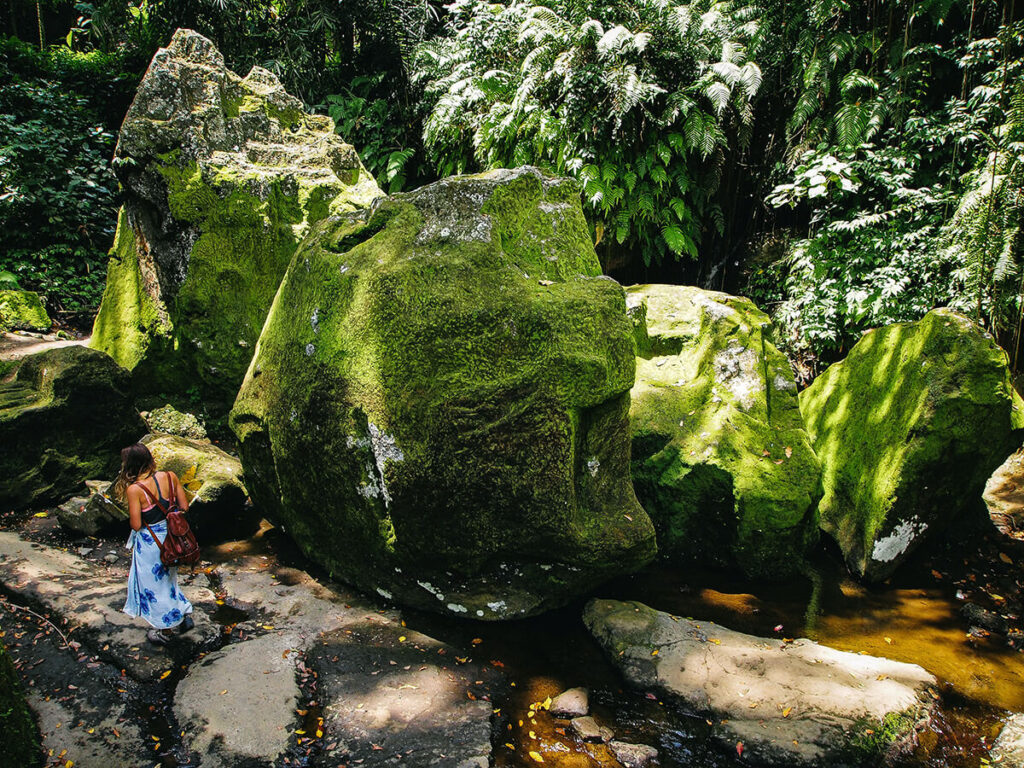
Religious Practices
Rituals and Ceremonies
The Goa Gajah Temple is an important pilgrimage site for the Balinese Hindus. The temple is known for its unique rituals and ceremonies that are performed by the priests and devotees. The temple is open to visitors, but it is important to show respect for the religious practices that take place here. Visitors are expected to dress modestly and behave respectfully.
One of the most sacred rituals at Goa Gajah is the daily offering of prayers and offerings to the gods. The priests perform these rituals in the inner sanctum of the temple, which is not accessible to visitors. However, visitors are welcome to witness the rituals from a distance and learn about the significance of the offerings and prayers.
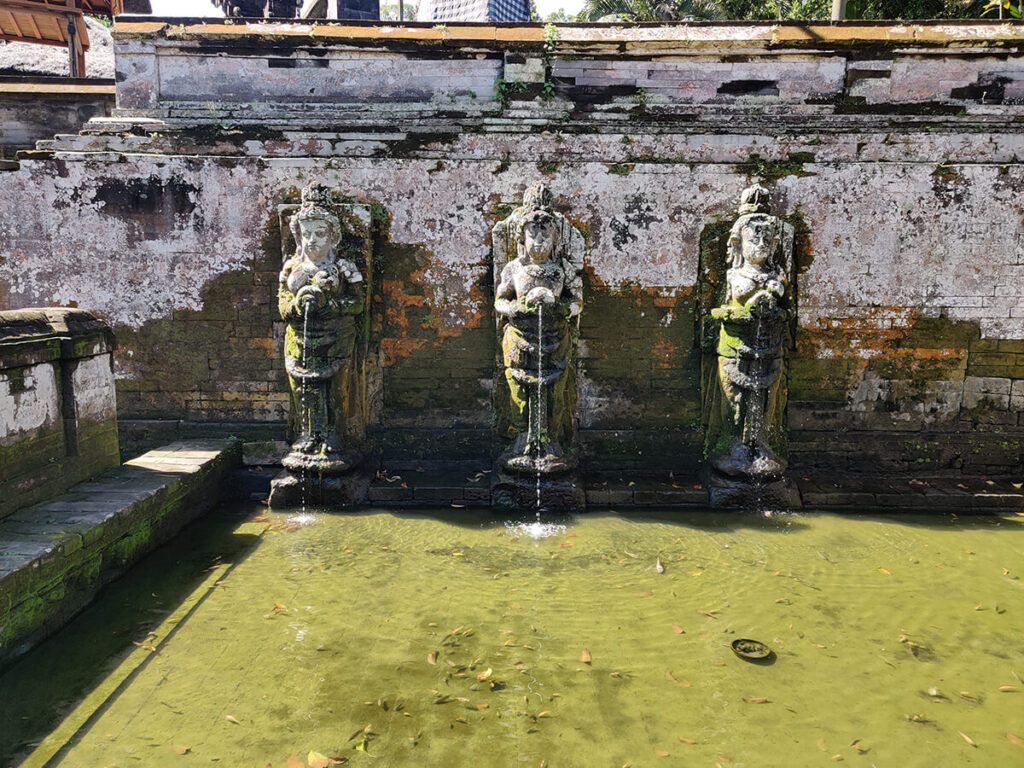
Another important ritual at the temple is the purification ceremony, which is performed by the priests for the devotees. This ceremony involves the use of holy water and prayers to purify the body and soul of the devotee. Visitors can participate in this ceremony by making a donation to the temple.
Festivals
The Goa Gajah Temple is also known for its vibrant festivals and celebrations. The most important festival at the temple is the Galungan festival, which is celebrated every 210 days. This festival marks the victory of good over evil and is a time for family reunions and feasting.
During the festival, the temple is decorated with colourful banners and offerings are made to the gods. The priests perform special rituals and ceremonies to honour the gods and seek their blessings for the community. Visitors are welcome to participate in the festival and witness the unique cultural traditions of Bali.
In addition to the Galungan festival, the temple also celebrates other important festivals such as the Kuningan festival and the Nyepi Day festival. These festivals are an important part of Balinese culture and are a reflection of the strong religious beliefs of the people.
Visitor Information
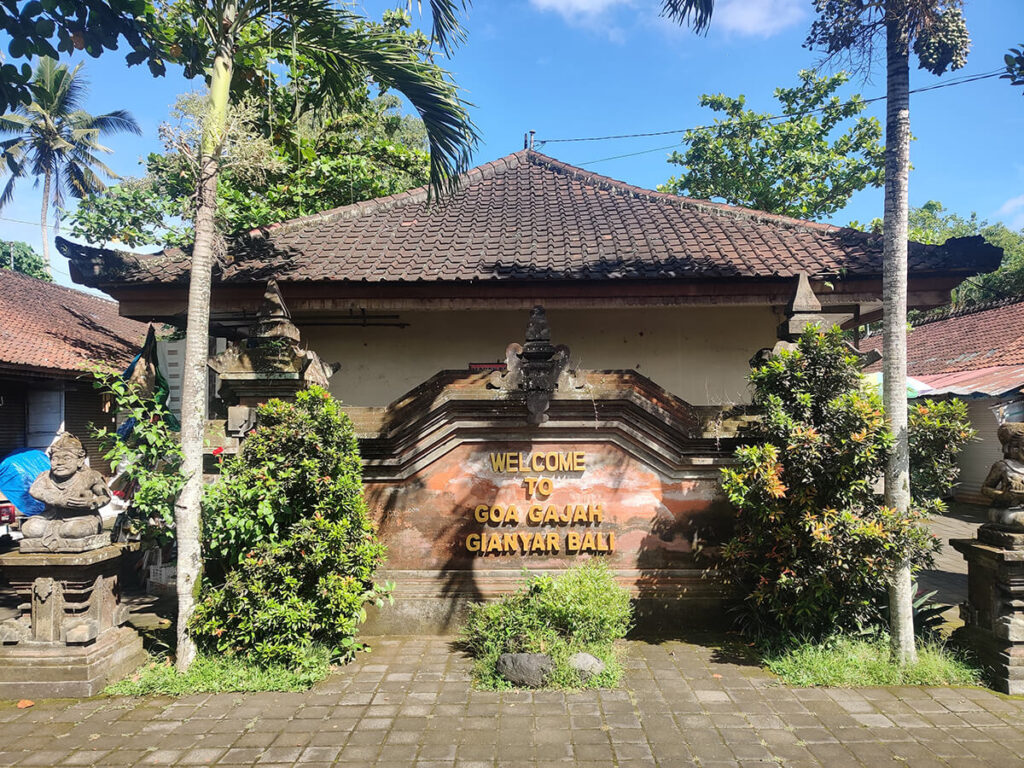
Location and Timings
Goa Gajah Temple, also known as Elephant Cave Temple, is located in Bedulu Village, Blahbatuh District, Gianyar Regency, Bali. It is about 5 km from Ubud and 6.5 km from Gianyar. The temple is open daily from 8:00 am to 4:00 pm.
The carpark to Goa Gajah is located right next to a main road and is very clearly signposted. Very difficult to miss.
Entry Fee
Visitors are required to pay an entrance fee of IDR 50,000 (adults) and IDR 25,000 (children). The fee includes a sarong and sash that must be worn to enter the temple. Guides are available for hire at an additional cost.
Parking
Goa Gajah has a large and dedicated parking lot where you can buy souvenirs and refreshments. It costs IDR 5000 to park there and you can pay on your way out at the exit to the parking attendant.
Dress Code
Visitors are required to dress respectfully when entering the temple. Both men and women must cover their legs and shoulders. Sarongs and sashes are provided at the entrance for those who need them. Shoes should be removed before entering the temple but this isn’t mandatory.
In the car park you will be approached to buy a sarong to enter Goa Gajah but it isn’t necessary to buy one here. You will be given one to borrow as you enter the complex.
Other useful info
The temple site isn’t too big and you can take anywhere between 30 minutes and an hour and a half exploring.
As with all religious sites it is important to be respectful, peaceful and don’t rush about the place. Whilst it is a fascinating tourist attraction it is a place of worship first and foremost.
There are places inside to buy drinks and refreshments – IDR 15,000 for a Coke or Sprite, IDR 20,000 for a full coconut.
Goa Gajah Market
As well as the temple complex besides the car park and towards the entrance of Goa Gajah there are a handful of stalls selling beautifully handicrafts, bespoke art and singlets.
